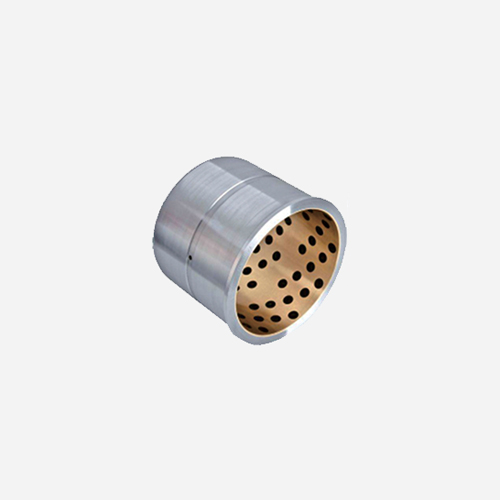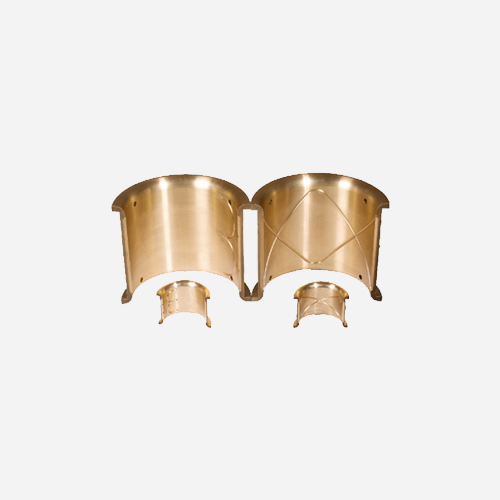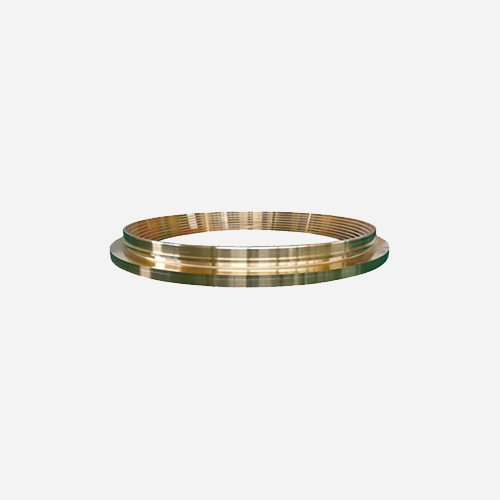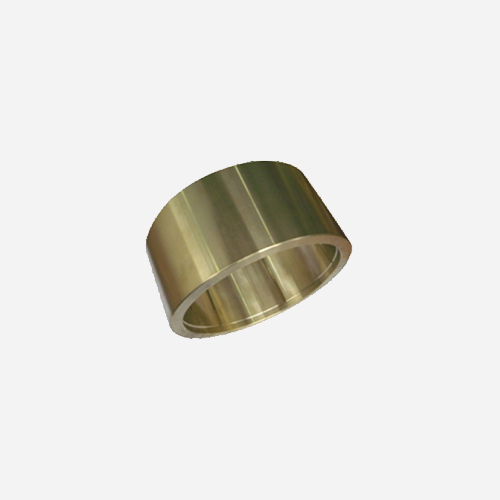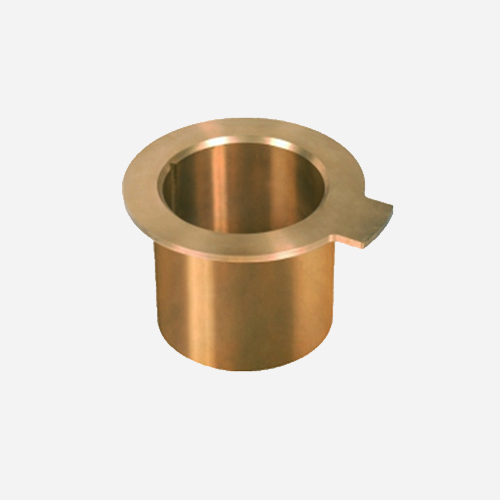CNC Machine Parts
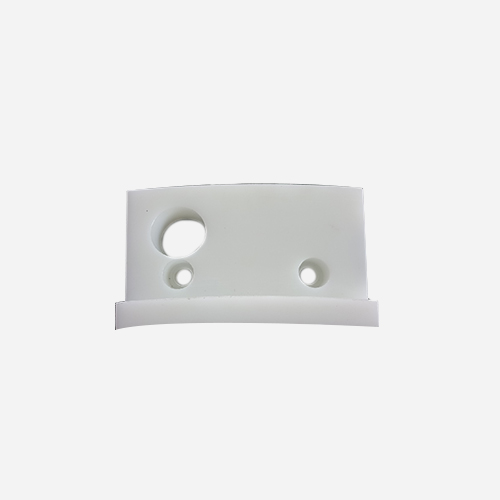
CNC Machine Parts
What is CNC Plastic? What are the differences between CNC Precision Parts and CNC CNC Plastic?
CNC Precision Machining is relatively simpler. After all, if CNC precision machining is used, the more skilled it is, the difference lies in the grasp of different metal materials and sizes.
CNC Plastic Parts are prone to cracks due to internal stress.
In addition to controlling the knife speed when processing CNC Plastic Parts, attention should also be paid to cool. It is not just a matter of just cooling down.
CNC Plastic Parts have a certain temperature requirement for processing:
- The temperature is low, it is easy to crack and deform, and the burrs will damage the corners and corners. The more obvious is the acrylic material, the corners are easy to collapse.
- The temperature is high, the contact position will melt, wrap the knife, and form adhesion. The processed surface will form a white "film"-like a thing. Not only can it not be washed off, nor can it be wiped off.
The surface of CNC Plastic machined parts is easy to scratch. After all, the hardness is low. Generally, when buying raw materials for plates and bars, you need to pay attention to choosing the surface protective film that is intact and scratch-free.
The direction chosen during processing is also very important. In which direction the machining should be confirmed. Where the machine is clamped, hold it where it cannot be clamped.
The processing table and the clamping mechanism must also be cleaned. Otherwise, the plastic will be processed as soon as the stainless steel is processed. Plastic parts will be marked one after another. There is also something like a bench vise, it is best to be able to pay something. Moreover, the clamping position of many bench vices is a tooth-like structure, and only metal parts are used. Materials like PE, PVC, ABS, and POM will have tooth marks and scratches on the surface.
The maximum allowable working temperature range of PVDF material (continuous 260℃, up to 310℃ in a short time)
Advantage:
- It can still maintain high mechanical strength, stiffness, and creep resistance under a high-temperature environment;
- Excellent chemical resistance and hydrolysis resistance;
- Good self-lubrication and excellent wear resistance; Good dimensional stability; Good Excellent resistance to high-energy radiation (gamma and X-ray);
- Flame retardancy, UL94V0.
Disadvantages: Not resistant to strong nitric acid and concentrated sulfuric acid.
Application range: widely used in aerospace, machinery, petroleum, chemical, nuclear power, rail transit, automobile manufacturing, electrical and electronic, medical, and food processing fields.

